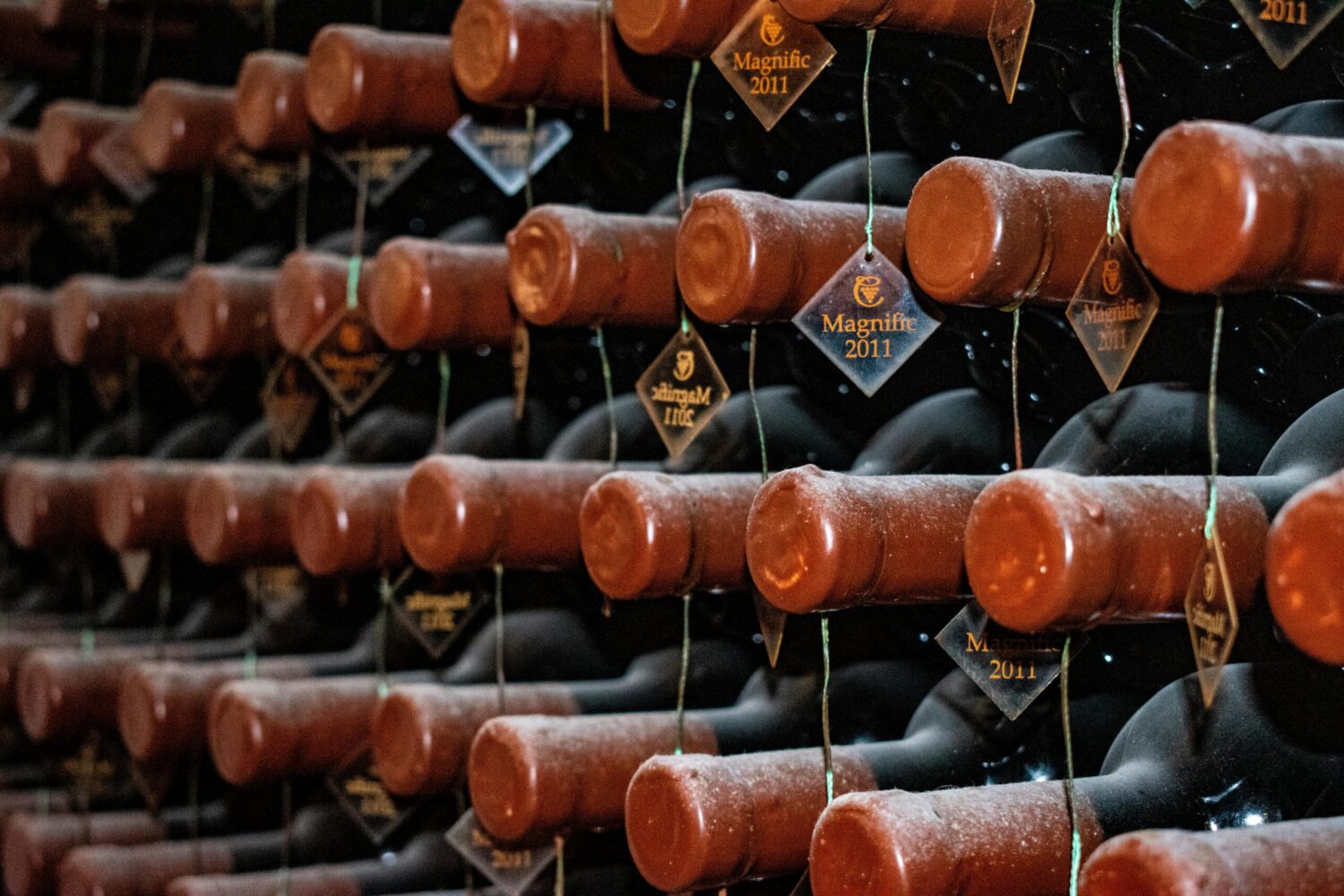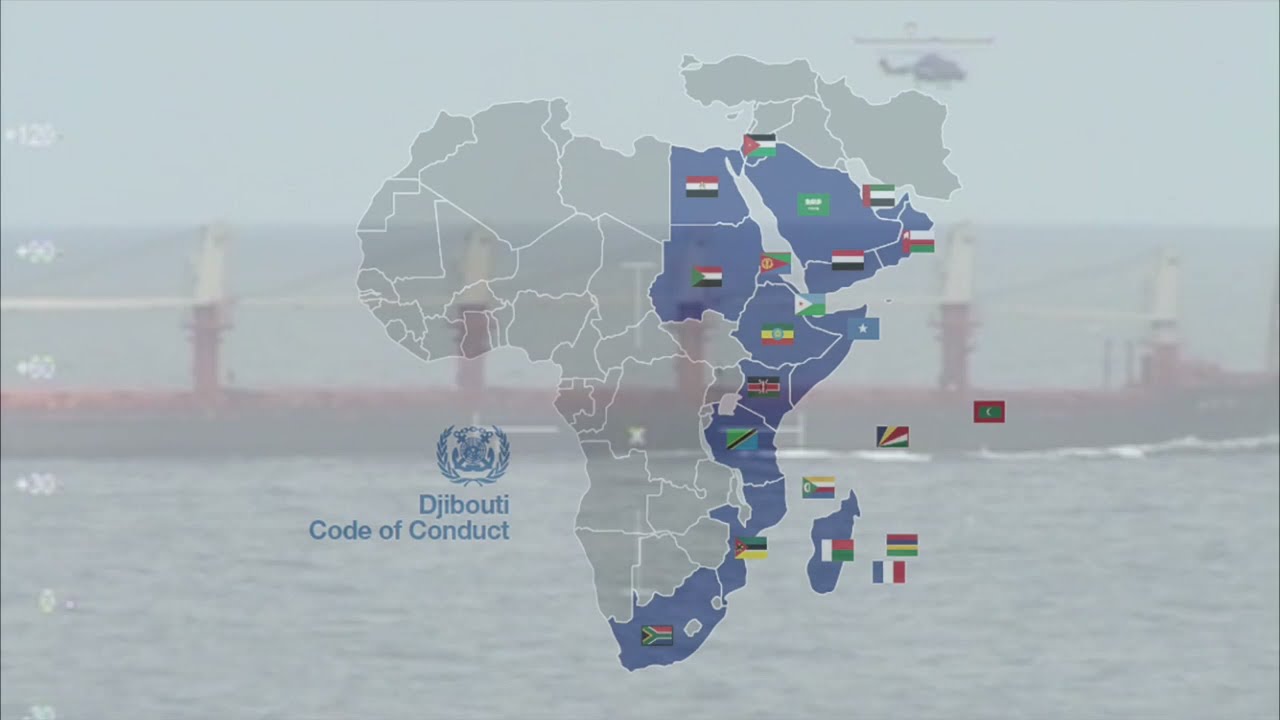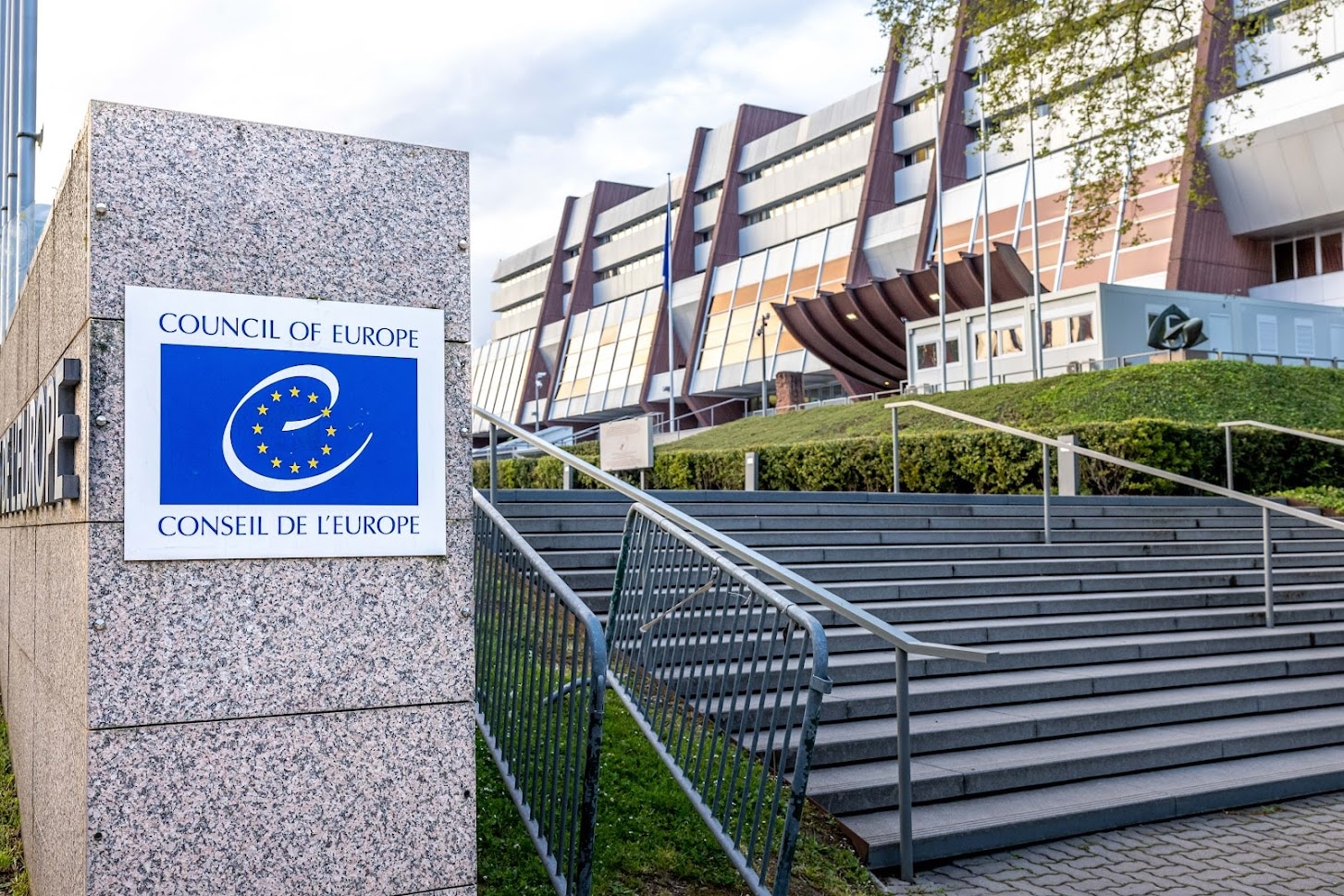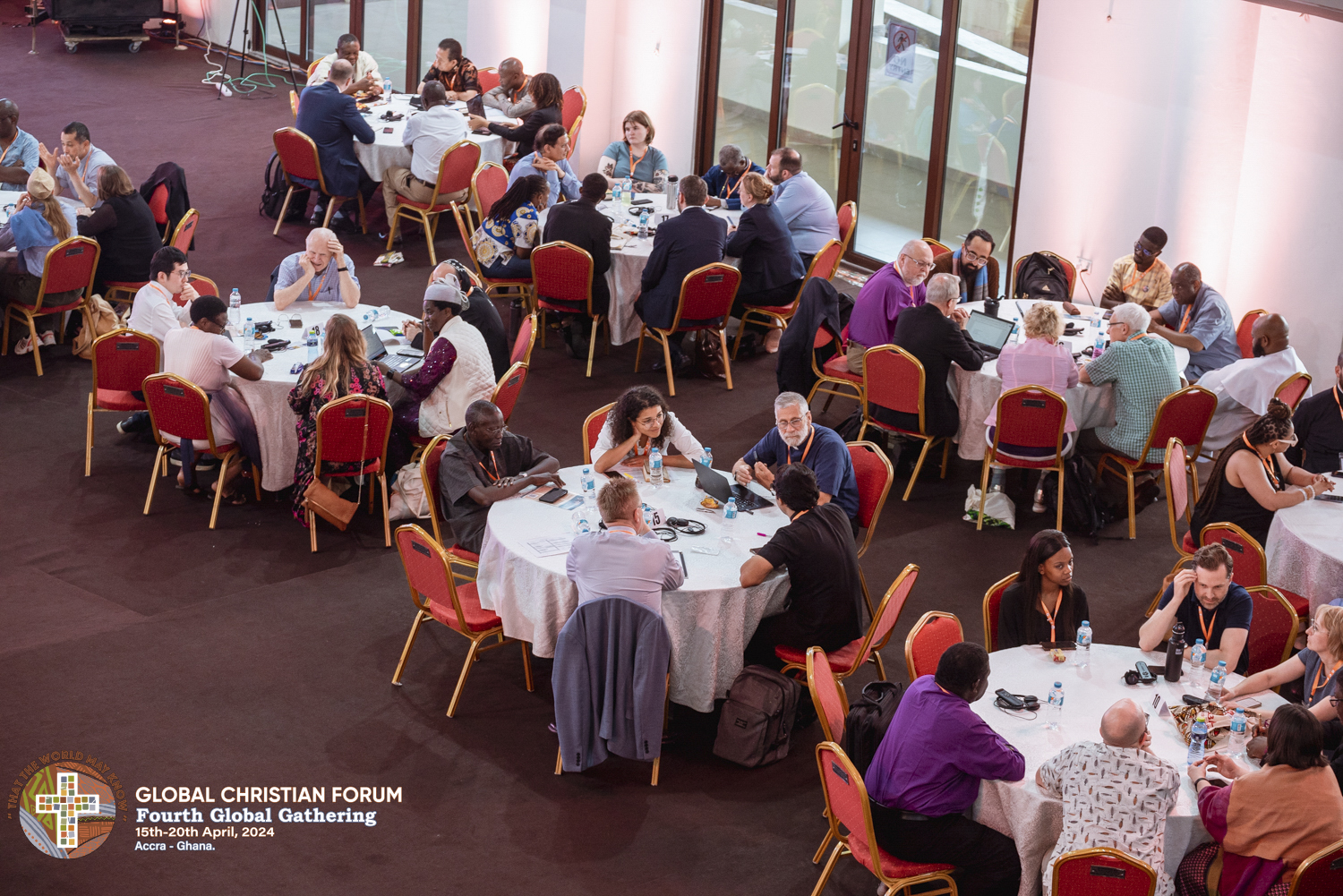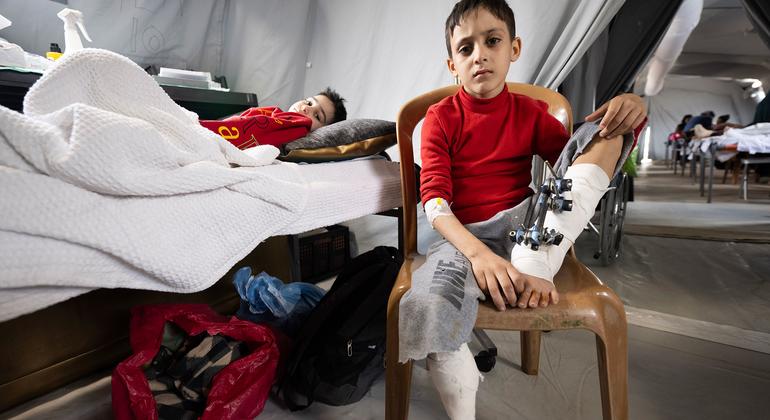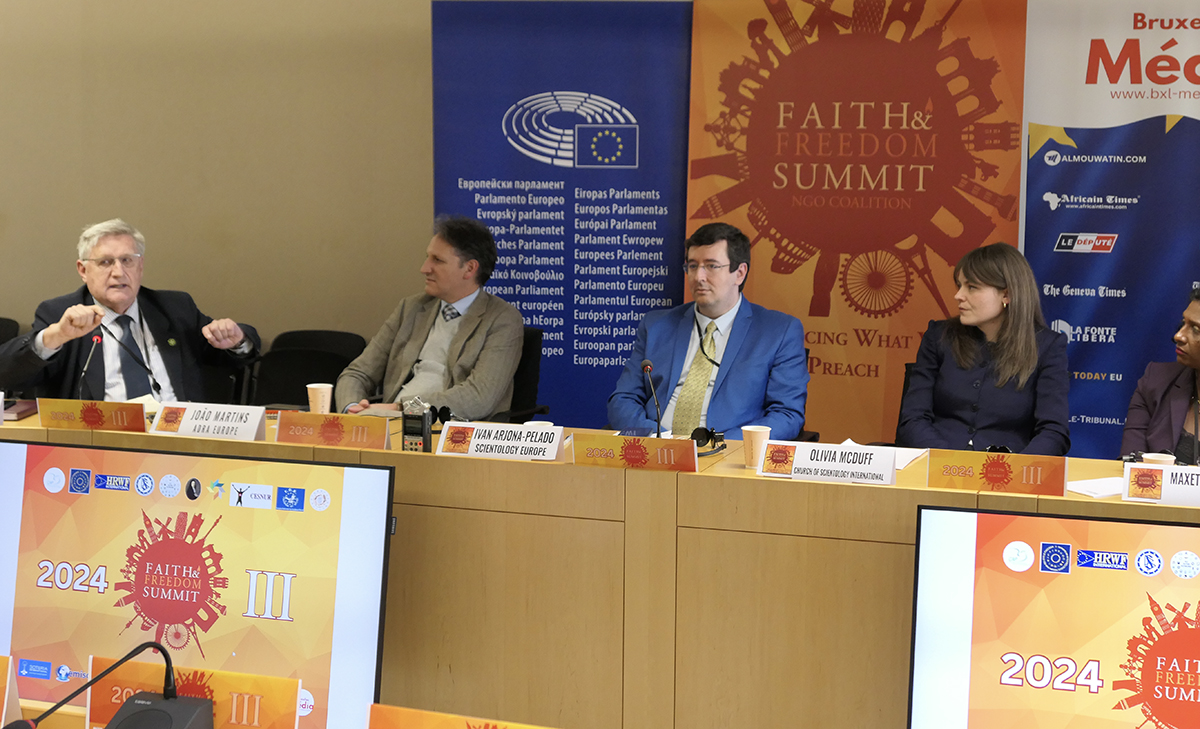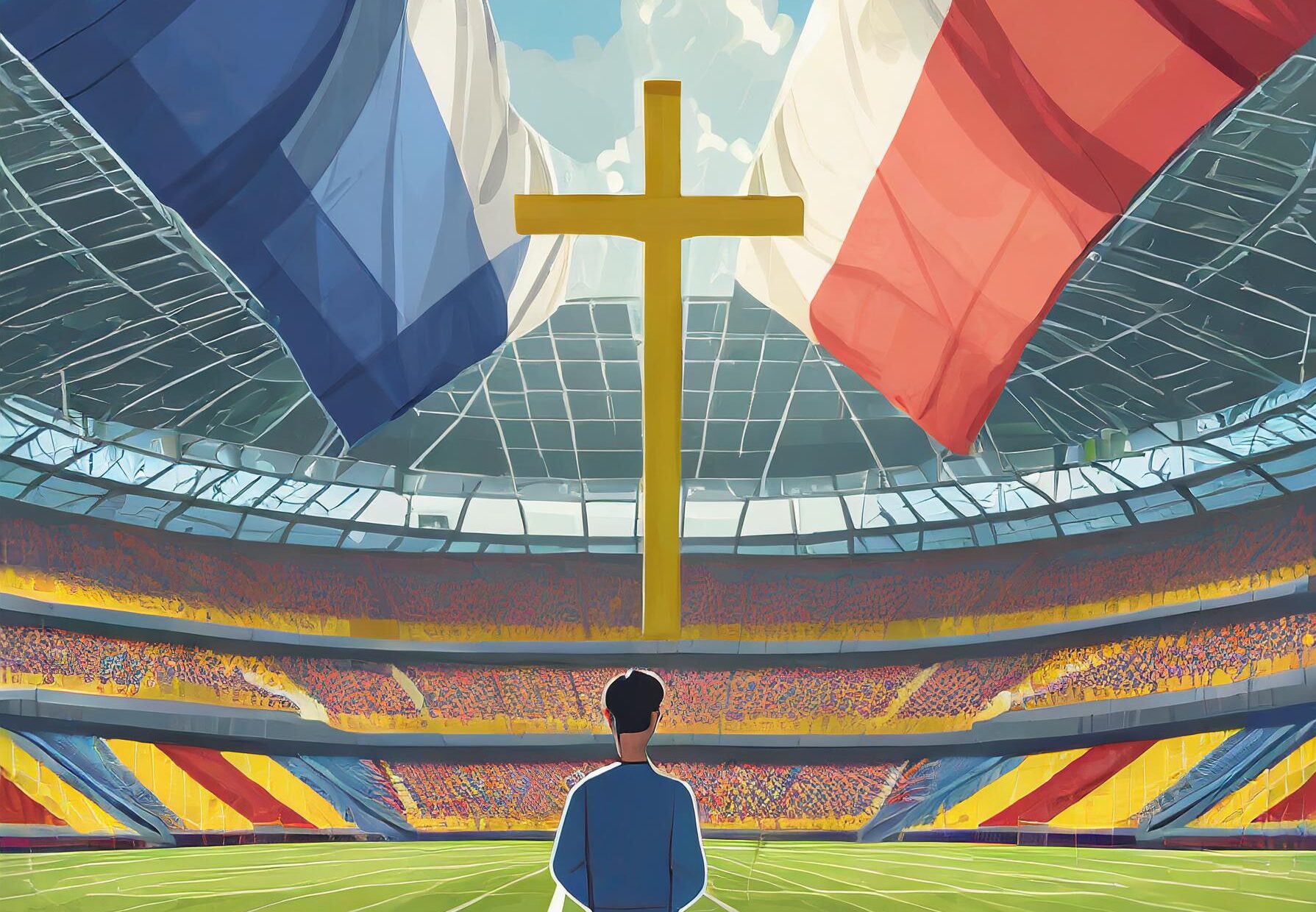Scientists and doctors have considered red wine to be healthy for years. A study linked moderate alcohol consumption – defined as one drink or less per day for women and two or less per day for men – to a 30-40% lower death rate from heart disease in drinkers compared to non-drinkers, Forbes reports.
Red wine has become healthy because it contains not only alcohol, but also the health-enhancing antioxidants from the grape skins. One powerful antioxidant is resveratrol, which repairs damaged blood vessels, prevents blood clots and reduces inflammation. This has led experts to recommend red wine in moderation for health benefits. Wine sales have grown tremendously since the 1990s.
Now we think differently. Moderate drinkers live longer on average, but not because they drink alcohol. This is because they tend to be healthier – more active, more educated, eat better food. Early research led us to believe that moderate consumption was healthy. But here are four reasons why you shouldn’t think of red wine as healthy, even if you drink less than a glass a day.
1. Moderate alcohol consumption is associated with worse, not better, cardiovascular health A 2022 study in JAMA Network Open looked at 371,463 people in the UK and found that moderate drinking was associated with 1.3 times higher risk of high blood pressure and 1.4 times higher risk of coronary heart disease. The study took into account a person’s genetic predisposition to alcohol use, which helped overcome some limitations of earlier research.
2. Alcohol Use Increases Cancer Risk Even with Moderate Drinking Alcohol is a known carcinogen, accounting for 6% of all cancers and 4% of cancer deaths, accounting for 75,000 cancer cases and 19,000 deaths annually in the US. Alcohol increases oxidative stress and the metabolic products of alcohol, namely acetaldehyde, damage liver DNA. It also directly damages the DNA of mouth and throat cells, significantly increasing the risk of breast cancer even with moderate consumption. Women who drink three alcoholic drinks a week have a 15% higher risk of breast cancer than those who don’t drink at all.
3. Sleep quality is worsened by alcohol Alcohol is a sedative. It helps you fall asleep faster. But this negatively affects the quality of your sleep. This is often noticeable even after a few drinks. A study of 4,098 Finns found that alcohol increased stress responses and impaired recovery during the first three hours of sleep. Along with hangovers, poor sleep makes you less alert the next day.
4. It Will Take a Deadly Amount of Red Wine to Benefit from Its Antioxidants Red wine contains resveratrol. But it doesn’t contain enough of it to significantly affect your health. A study measured how much resveratrol is absorbed into the body from a glass of alcohol, as well as two other polyphenols (catechin and quercetin) that have positive effects on health. Blood concentrations of all three were found to be too low to be beneficial. To get high enough, you need to drink a large amount – gallons, in fact.
Photo by Ion Ceban @ionelceban: https://www.pexels.com/photo/close-up-photo-of-brown-labeled-bottles-2580989/



